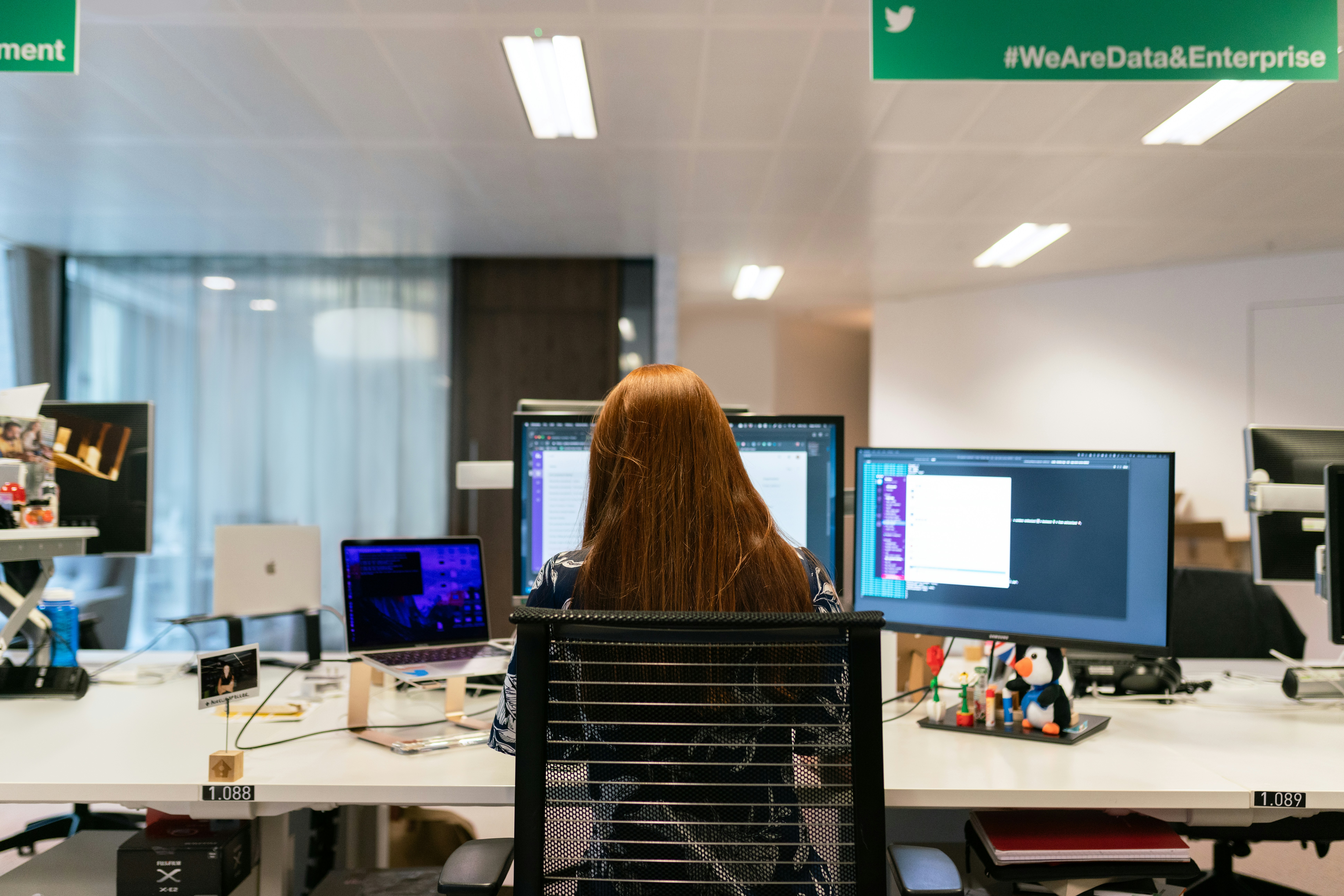AI-Driven Observability: The New Frontier for Debugging Complex Systems
2025-06-01

As our software systems grow increasingly distributed and complex, traditional debugging approaches are breaking down. Microservices, serverless architectures, and cloud-native applications have created a tangled web of dependencies that make pinpointing issues more challenging than ever. Enter AI-driven observability—a revolutionary approach that's transforming how we monitor, understand, and debug modern systems.
The Observability Crisis
Remember when debugging meant setting a breakpoint and stepping through code? Those days are long gone for many of us. Today's systems span multiple services, clouds, and regions, generating terabytes of logs, metrics, and traces. The sheer volume of data has created what many call an "observability crisis."
Traditional monitoring tools focus on known problems—they alert you when predefined thresholds are crossed. But they can't help with "unknown unknowns"—novel failure modes that emerge from complex interactions between components. This is where AI-driven observability is changing the game.
# Traditional threshold-based monitoring
if response_time > 500: # milliseconds
trigger_alert("API response time exceeded threshold")
# vs. AI-driven anomaly detection
# No predefined thresholds needed - the system learns normal patterns
anomaly_score = ml_model.predict(current_system_metrics)
if anomaly_score > 0.95: # High confidence anomaly
trigger_alert("Unusual system behavior detected")Beyond Anomaly Detection: Causal Analysis
Early AI observability tools focused primarily on anomaly detection—flagging unusual patterns in metrics. While valuable, this often left engineers asking, "Now what?" The latest generation of tools is tackling a much harder problem: causal analysis.
By applying causal inference techniques to observability data, these systems can suggest likely root causes for observed anomalies. This dramatically reduces mean time to resolution (MTTR) by pointing engineers in the right direction.
# Simplified example of causal analysis in modern observability platforms
def identify_root_cause(anomaly_event):
# Collect all metrics, logs, and traces around the anomaly timeframe
context_data = collect_context(anomaly_event.timestamp, window=30) # 30 min window
# Build causal graph from historical data
causal_graph = build_causal_graph(historical_data)
# Perform counterfactual analysis on the graph
potential_causes = []
for node in causal_graph.nodes:
if counterfactual_impact(node, context_data) > threshold:
potential_causes.append((node, counterfactual_impact(node, context_data)))
return sorted(potential_causes, key=lambda x: x[1], reverse=True)Predictive Observability: From Reactive to Proactive
The most exciting frontier in AI-driven observability is the shift from reactive to proactive approaches. Rather than waiting for systems to fail, predictive observability uses machine learning to forecast potential issues before they impact users.
These systems analyze patterns in telemetry data to identify precursors to known failure modes. For example, they might notice that a specific pattern of increasing memory usage, combined with a particular API call pattern, has historically preceded service outages.
# Simplified predictive maintenance example
def predict_service_health(service_id, prediction_window=24): # hours
# Gather historical metrics
metrics = get_service_metrics(service_id, lookback=7*24) # 7 days of data
# Extract features from time series
features = extract_features(metrics)
# Predict probability of failure in the next 24 hours
failure_probability = predictive_model.predict_proba(features)[0]
if failure_probability > 0.7: # High risk threshold
recommend_preventive_actions(service_id, failure_probability)
return failure_probabilityImplementing AI-Driven Observability: Practical Steps
So how do you begin implementing AI-driven observability in your systems? Here's a pragmatic approach:
-
Start with instrumentation: Before AI can help, you need comprehensive data. Implement distributed tracing, structured logging, and detailed metrics across your services.
-
Centralize your telemetry data: Create a unified observability data lake that combines logs, metrics, and traces.
-
Establish baselines: Let AI systems learn what "normal" looks like for your applications over several weeks of operation.
-
Begin with anomaly detection: Start with simpler AI use cases like detecting unusual patterns in metrics before moving to more complex causal analysis.
-
Integrate with your incident response: Ensure AI insights are delivered to the right people at the right time through your existing alerting channels.
// Example OpenTelemetry instrumentation for a Node.js service
const { NodeTracerProvider } = require('@opentelemetry/node');
const { SimpleSpanProcessor } = require('@opentelemetry/tracing');
const { JaegerExporter } = require('@opentelemetry/exporter-jaeger');
// Configure the tracer provider
const provider = new NodeTracerProvider();
// Configure how spans are processed and exported
const exporter = new JaegerExporter({
serviceName: 'payment-service',
endpoint: 'http://jaeger-collector:14268/api/traces'
});
// Register the span processor with the tracer provider
provider.addSpanProcessor(new SimpleSpanProcessor(exporter));
provider.register();
// Now your service is instrumented and will send trace data to JaegerThe Human Element: Augmentation, Not Replacement
Despite advances in AI-driven observability, the goal isn't to replace human engineers but to augment them. AI excels at processing vast amounts of data and identifying patterns, but humans remain essential for understanding context, making judgment calls, and implementing solutions.
The most effective implementations create a virtuous cycle where:
- AI systems detect anomalies and suggest potential causes
- Engineers validate these insights and implement fixes
- The AI learns from these actions to improve future recommendations
This collaborative approach combines the pattern-recognition strengths of AI with the creative problem-solving abilities of human engineers.
Conclusion
AI-driven observability represents a fundamental shift in how we approach debugging and maintaining complex systems. By moving beyond simple monitoring to intelligent analysis and prediction, these tools are helping teams maintain reliability despite ever-increasing complexity.
As distributed systems continue to grow in complexity, AI-driven observability will become not just advantageous but essential. The teams that embrace these technologies now will develop a significant competitive advantage in their ability to deliver reliable, performant systems at scale.
The future of debugging isn't about better log searches or more dashboards—it's about intelligent systems that help us understand and predict the behavior of our increasingly complex digital infrastructure. And that future is arriving faster than many of us expected.
Enjoyed this article?
Subscribe to get notified when we publish more content like this.